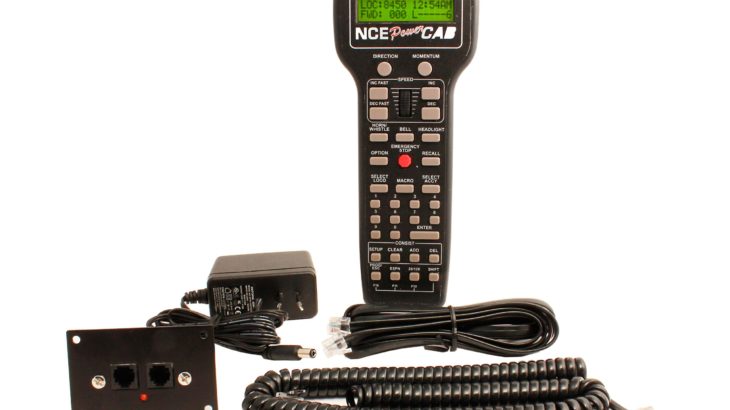Model railroading is a fascinating hobby that blends creativity, engineering, and a love for trains into a captivating pastime. One of the most significant aspects of building and running a model railway is the control system used to operate the trains. There are two primary systems for controlling model trains: Direct Current (DC) and Digital Command Control (DCC). Understanding the differences between these two systems can help you make an informed decision about which is best for your model railway setup.
Direct Current (DC) Control
DC control, also known as analog control, is the traditional method for operating model trains. This system uses a variable DC voltage to control the speed and direction of a locomotive on a track.
How DC Control Works
- Power Supply: A DC power pack provides variable voltage to the track. By increasing or decreasing the voltage, the speed of the train is adjusted.
- Polarity: The direction of the train is controlled by reversing the polarity of the voltage supplied to the track.
- Block Control: For multiple trains, the track is divided into electrically isolated sections called blocks. Each block has its own dedicated controller, allowing independent operation within each block.
Advantages of DC Control
- Simplicity: DC systems are straightforward and easy to set up, making them ideal for beginners.
- Cost-Effective: Generally, DC components are less expensive than their DCC counterparts.
- Reliability: Fewer electronic components mean fewer potential points of failure.
Disadvantages of DC Control
- Limited Control: Operating multiple trains independently on the same track requires complex wiring and block control, which can be cumbersome and limiting.
- Lack of Features: DC systems lack the advanced features such as sound, lighting effects, and fine motor control found in DCC systems.
Digital Command Control (DCC)
DCC is a more modern and sophisticated method for controlling model trains. It uses digital signals to send commands to locomotives equipped with DCC decoders.
How DCC Works
- Digital Signals: Instead of varying the track voltage, a constant voltage is applied, and digital signals are sent through the rails to control the trains.
- Decoders: Each locomotive has a DCC decoder that interprets the digital commands and controls the motor, lights, and other functions.
- Addressing: Each locomotive is assigned a unique address, allowing multiple trains to be independently controlled on the same track without the need for block sections.
Advantages of DCC
- Independent Control: DCC allows for independent operation of multiple locomotives on the same track without the need for isolated blocks.
- Advanced Features: DCC systems support advanced features such as synchronized sound, lighting effects, and realistic momentum simulation.
- Ease of Expansion: Adding new trains and accessories is simpler with DCC, as it requires less complex wiring and setup.
Disadvantages of DCC
- Higher Cost: DCC components, including decoders and controllers, tend to be more expensive than DC components.
- Complexity: The initial setup and programming of DCC systems can be more complex, potentially posing a challenge for beginners.
- Learning Curve: Understanding and utilizing all the features of DCC systems may require a significant learning investment.
Choosing Between DC and DCC
When deciding between DC and DCC, consider the following factors:
- Layout Size: For small layouts with one or two trains, a DC system may suffice. Larger layouts with multiple trains will benefit from the flexibility of DCC.
- Budget: DC systems are more cost-effective upfront, but DCC systems offer more features and easier expansion.
- Experience Level: Beginners may find DC systems easier to start with, while experienced modelers may appreciate the advanced capabilities of DCC.
- Desired Features: If you want realistic sound, lighting effects, and the ability to run multiple trains independently, DCC is the clear choice.
Conclusion
Both DC and DCC have their merits, and the choice between them ultimately depends on your specific needs and preferences. DC offers simplicity and cost-effectiveness, making it a great option for beginners and small layouts. DCC, on the other hand, provides unparalleled control, realism, and flexibility, making it the preferred choice for more complex and ambitious model railway setups. Whatever you choose, the joy of model railroading lies in creating and operating a miniature world that brings your love for trains to life.
